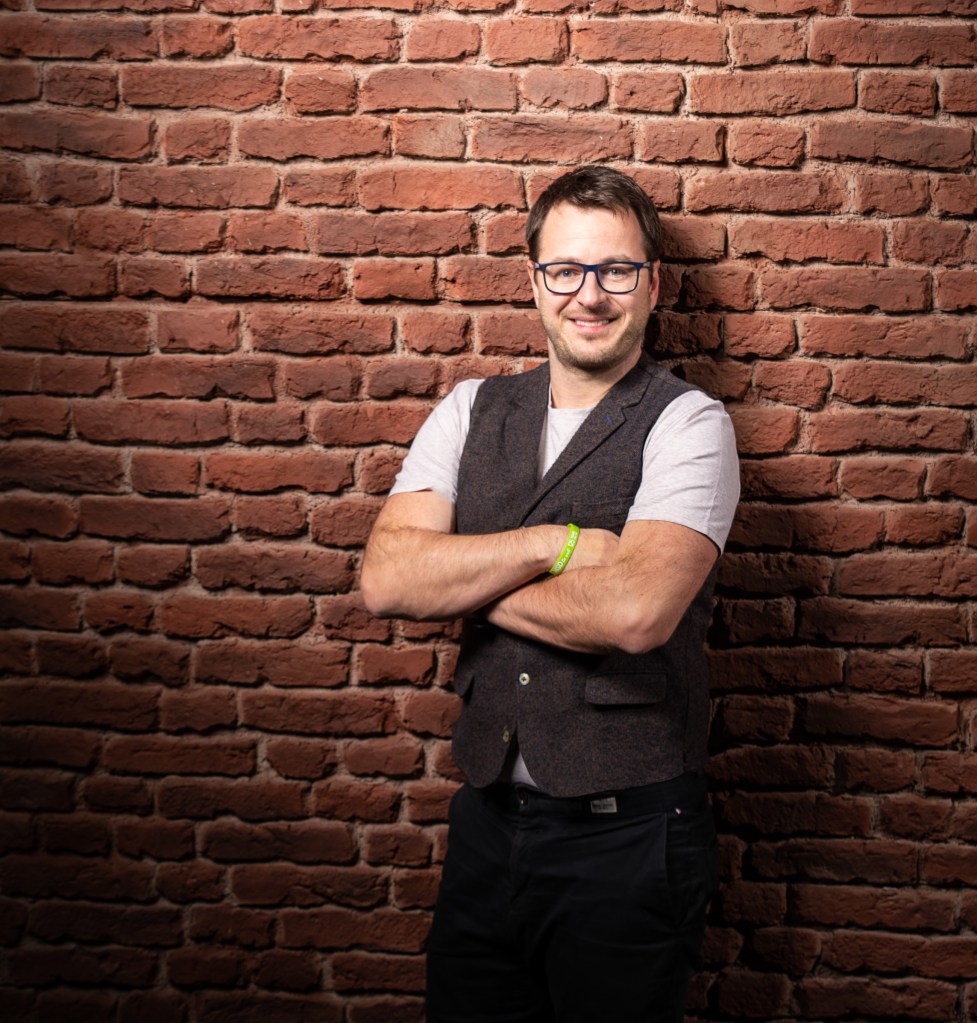The story of HPV vaccination in the Czech Republic
January is recognized as Cervical Cancer Awareness Month, which aims to raise public awareness about cervical cancer, a disease fatal for about 300 Czech women annually. These are needless deaths because developing this type of cancer, caused primarily by the human papillomavirus (HPV), can be prevented by vaccination. The Czech Republic aims to vaccinate at least 90% of girls under the age of 15 against HPV by 2030, and significantly increase the vaccination rate of boys. Yet, current vaccination rates with over 70% in Czech girls and 50% in boys remain insufficient. Much still needs to be done.
In this interview, Daniel Hájek, our MSD Human Health Business Unit Director, and Lucie Němcová, Brand and Customer Manager, discuss the history and current state of HPV vaccination in the Czech Republic, and share their insights on the past and ongoing efforts to raise awareness about the disease and means of its prevention.
Lucie: Dan, can you take us back to the early days of HPV vaccination in the Czech Republic? What were some of the initial challenges?
Dan: Yes, the early days were quite challenging. In 2006, when the vaccination was introduced, there was a general lack of knowledge about HPV and its relation to cervical cancer. Convincing both the public and healthcare providers of the importance of vaccination required a significant educational effort from many parties, including ours. A lot of skepticism and misinformation needed to be dealt with. Building the trust was a key priority. All needed to join in the common effort – healthcare professionals, regulatory authorities, municipalities, as well as media outlets to disseminate accurate information based on scientific evidence and raise awareness about the benefits of vaccination

Lucie: Significant effort was invested at the beginning. What were some of the key milestones since that time?
Dan: The first came in 2012 when vaccination for 13-year-old girls started to be reimbursed by public health insurance. Reimbursement is always a key precondition for making vaccines more accessible, supporting increase in its uptake. In 2015, more potent, nonavalent vaccination was introduced, which offered broader protection against more HPV types. In 2018, the vaccination was also offered to boys, which was another significant step forward. This contributed to a decrease in the prevalence of HPV-associated diseases, with fewer cases of cervical lesions and a dramatic decrease in prevalence of genital warts. Yet, no earlier than in 2022 the HPV vaccination received full reimbursement for all 13-year-old children. Lastly, in 2024, the reimbursed cohort was expanded to boys and girls aged 11 to 14.
Lucie: How did the vaccination rates develop?
Dan: Initially, the uptake was slow, and it concerned girls only. And see today – by 2023, approximately 72% of girls and 55% of boys had been vaccinated. This demonstrates that all the awareness efforts, including ours, along with changes in reimbursement policy and the overall ecosystem, have been making a real impact. The game-changer was inclusion of boys in the vaccination program. Our cooperation with organizations like HPV College, professional societies, insurance companies, patient organizations, and other important stakeholders have also played crucial roles in driving this progress.
Dan: Speaking of roles, Lucie, how do you see your position within the team?
Lucie: Within our team, I focus on making data-driven decisions while valuing feedback from our field representatives, in close cooperation with our policy and medical department. These insights are essential for staying connected to the needs of both healthcare professionals and the public.
Dan: Your role seems to involve key aspects of listening and adapting. What has been your biggest challenge?
Lucie: One of our biggest challenges is convincing people in regions with lower vaccination rates. These areas often show strong resistance due to a lack of knowledge and a lot of misinformation. We need to understand their concerns and find effective ways to communicate and engage in meaningful conversations. We continually refine our strategies to tackle these challenges and ensure people feel heard and informed.
Dan: Looking ahead, what will be your key focus areas for this year?
Lucie: I plan to expand our communication strategy by focusing more on reaching fathers and engaging children in schools. Our goal is to create inclusive campaigns that resonate with diverse audiences. And what about you as the Unit Director?
Dan: My main goal for this year is to support an increase in the vaccination rates in regions where the rate is still low. To achieve this, we will continue to combat misinformation and build trust within these communities. We will also focus on providing healthcare providers with the tools and resources they need to advocate for vaccination effectively. Ultimately, we aim to ensure broader protection and contribute to public health by making vaccination more accessible and widely accepted. With its experience and expertise, MSD is also ready to support regulatory authorities in their effort to develop a national cervical cancer elimination plan. Experience from other countries, such as Australia, shows that adopting a comprehensive national plan, combining access to vaccination, screening, and treatment, can lead to a decrease in the incidence of HPV-associated cancers to almost an elimination level.

